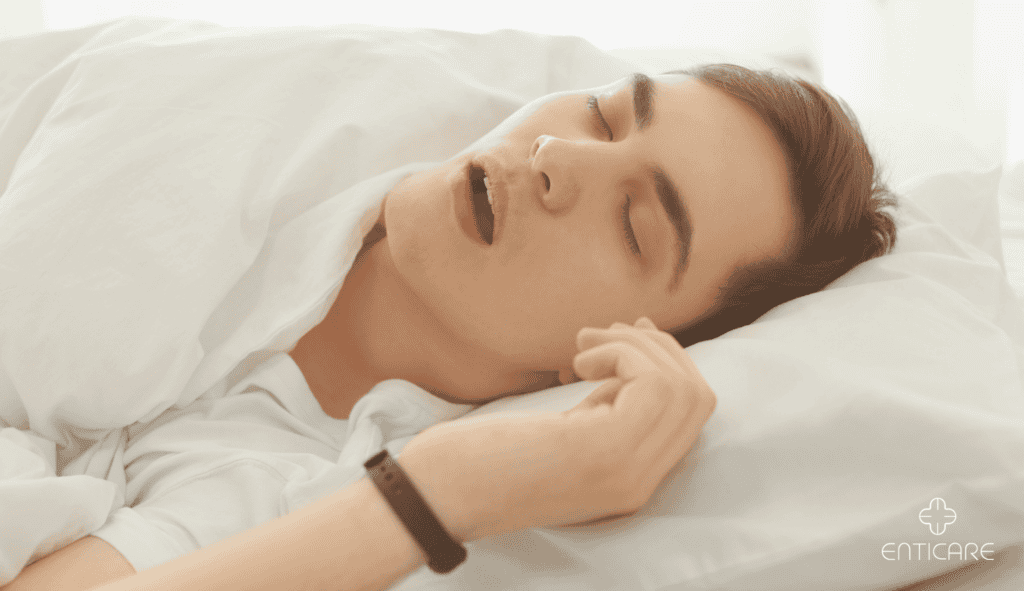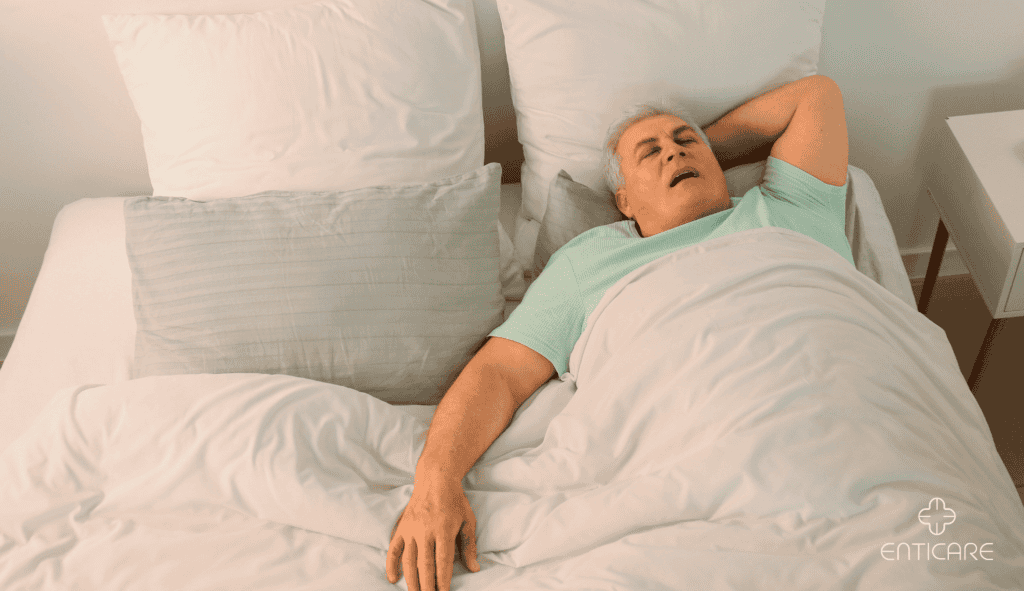Have you ever wondered about the causes of sleep apnea? This common sleep disorder, affecting millions, can significantly impact overall well-being. In this blog, we’ll explore the factors contributing to sleep apnea’s development, unraveling the intricacies of this nighttime mystery.

The Intricate Web of Sleep Apnea Causes
Before we delve into the causes, let’s understand what sleep apnea is. Sleep apnea is a condition characterized by interruptions in breathing during sleep. These interruptions, or apneas, can be caused by various factors, leading to two primary types: obstructive sleep apnea (OSA) and central sleep apnea (CSA).
Understanding potential causes is crucial for early detection and management, as sleep apnea can contribute to health issues like cardiovascular problems, diabetes, and daytime sleepiness.
Before we dive into the factors influencing sleep apnea, let’s start by defining the condition. Sleep apnea is characterized by interruptions in breathing during sleep, known as apneas, leading to two primary types: obstructive sleep apnea (OSA) and central sleep apnea (CSA).
Grasping the potential triggers of sleep apnea is pivotal for early detection and effective management. This sleep disorder has been associated with various health concerns, ranging from cardiovascular issues and diabetes to daytime sleepiness. Understanding these underlying factors is essential for addressing and alleviating the potential impact on overall health.
Unmasking the Culprits Behind Sleep Apnea
Now, let’s unravel the enigma of sleep apnea causes. Here are some key factors contributing to the development of this sleep disorder:
-
- Obesity and Excess Weight: One of the leading causes of obstructive sleep apnea is excess weight, especially around the neck. Extra weight can put pressure on the airway, leading to its collapse during sleep.
- Anatomical Factors: Certain physical attributes, such as a narrow airway, large tonsils, or a recessed chin, can contribute to the obstruction of the airway and increase the risk of sleep apnea.
- Age: Sleep apnea is more common in older adults. As we age, muscle tone decreases, including the muscles in the throat, making airway collapse more likely during sleep.

Practical Steps for Understanding and Managing Sleep Apnea Causes
Now that we’ve explored the causes, let’s look at some practical steps you can take to understand and manage sleep apnea:
- Maintain a Healthy Weight: If excess weight is a contributing factor, adopting a healthy lifestyle with regular exercise and a balanced diet can help reduce the risk of sleep apnea.
- Undergo a Sleep Study: If you suspect sleep apnea, undergoing a sleep study, either at a sleep center or through at-home monitoring, can provide valuable insights into your sleep patterns and help diagnose the disorder. Here at Enticare, we offer these test.
- Address Anatomical Factors: Consult with a healthcare professional here at Enticare if you have anatomical features that may contribute to sleep apnea. We can recommend appropriate interventions, such as surgery or the use of devices like CPAP machines, dental appliances, or implantable devices.

Taking Charge of Your Sleep Health
Understanding the causes of sleep apnea is the first step toward effective management. By identifying and addressing contributing factors, individuals can significantly improve their sleep quality and overall health.
In conclusion, the enigma of sleep apnea causes involves a complex interplay of factors. Armed with knowledge and a proactive approach, you can unravel this nighttime mystery and embark on a journey toward restful and rejuvenating sleep. Let us help you find the best course of treatment. Call us at 480-214-9000.

